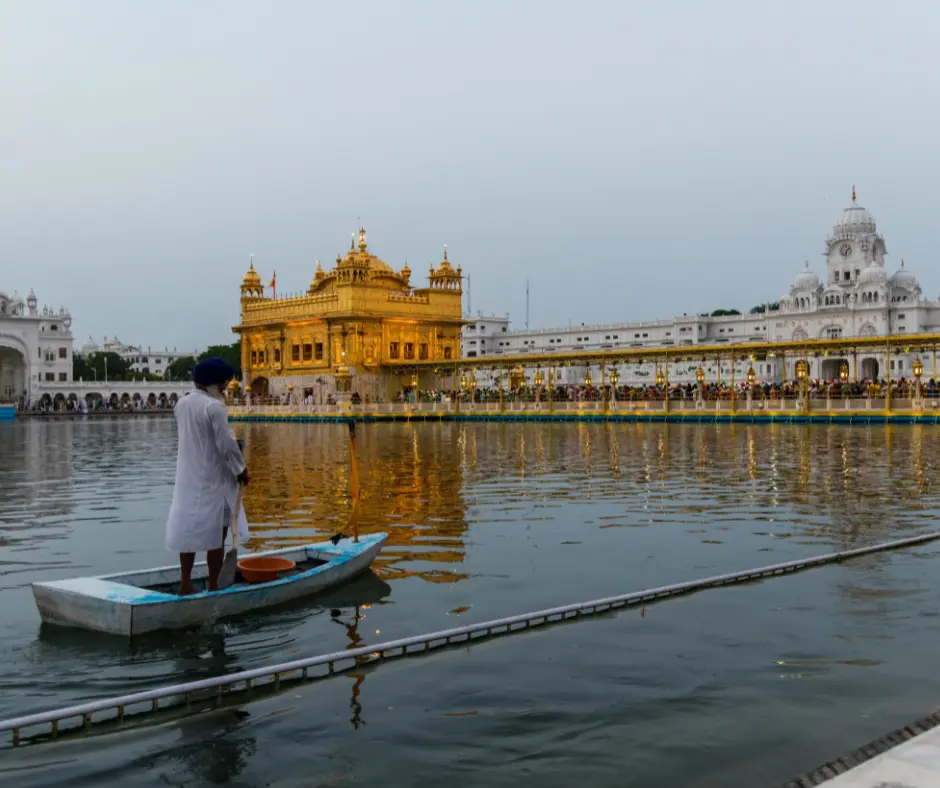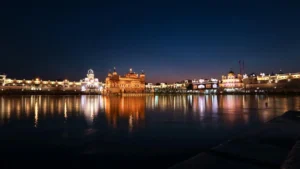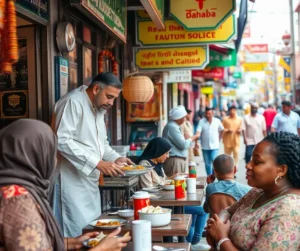The Golden Temple, also known as Harmandir Sahib, is not only the spiritual epicenter of Sikhism but also a beacon of equality, peace, and devotion. Located in the heart of Amritsar, it draws millions of visitors annually, making it a must-visit destination for those interested in Amritsar tourism. From its rich Golden Temple history to the practical details of planning a visit, here’s everything you need to know about this iconic landmark.
Golden Temple History: A Sacred Journey Through Time
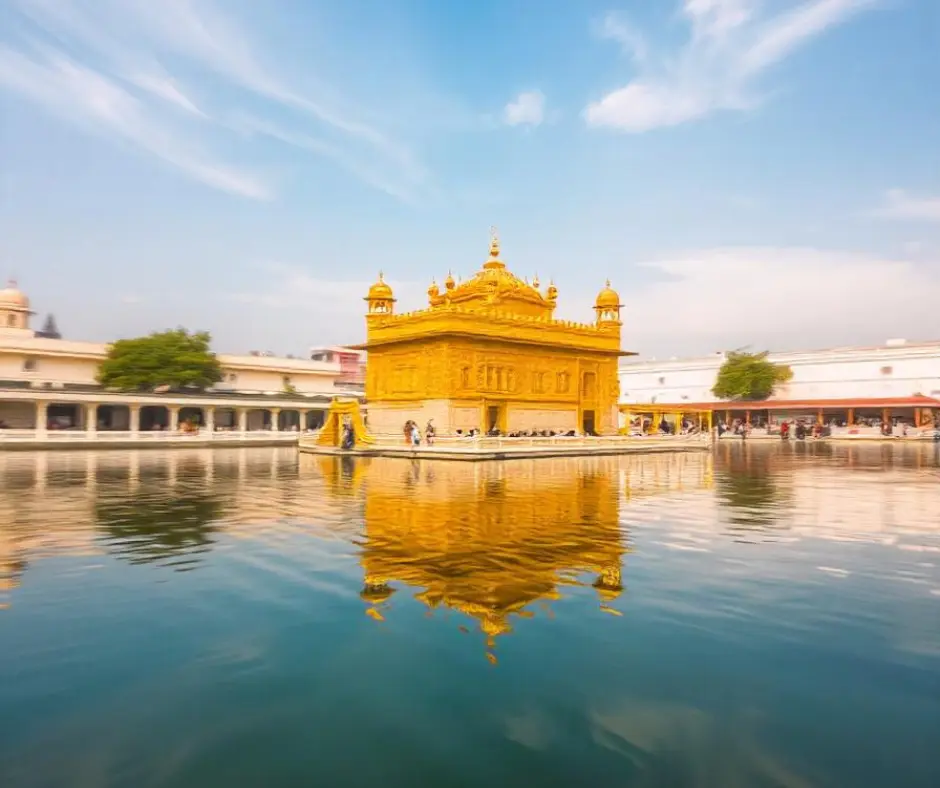
The foundation of the Golden Temple was laid in 1581 by Guru Arjan Dev, the fifth Sikh Guru, to create a place of worship that symbolizes openness and inclusivity. The temple was built around the Amrit Sarovar (Pool of Nectar), giving the city of Amritsar its name. In 1604, the Guru Granth Sahib, the holy scripture of Sikhism, was installed in the temple, marking its completion as a central place of worship.
The temple saw significant enhancements during the reign of Maharaja Ranjit Singh, the ruler of the Sikh Empire in the early 19th century. It was under his patronage that the temple’s dome was covered with gold, giving it its iconic appearance and the name “Golden Temple.” Despite facing invasions and restorations over centuries, the temple has remained a symbol of resilience and faith for Sikhs worldwide.
Significance of the Golden Temple
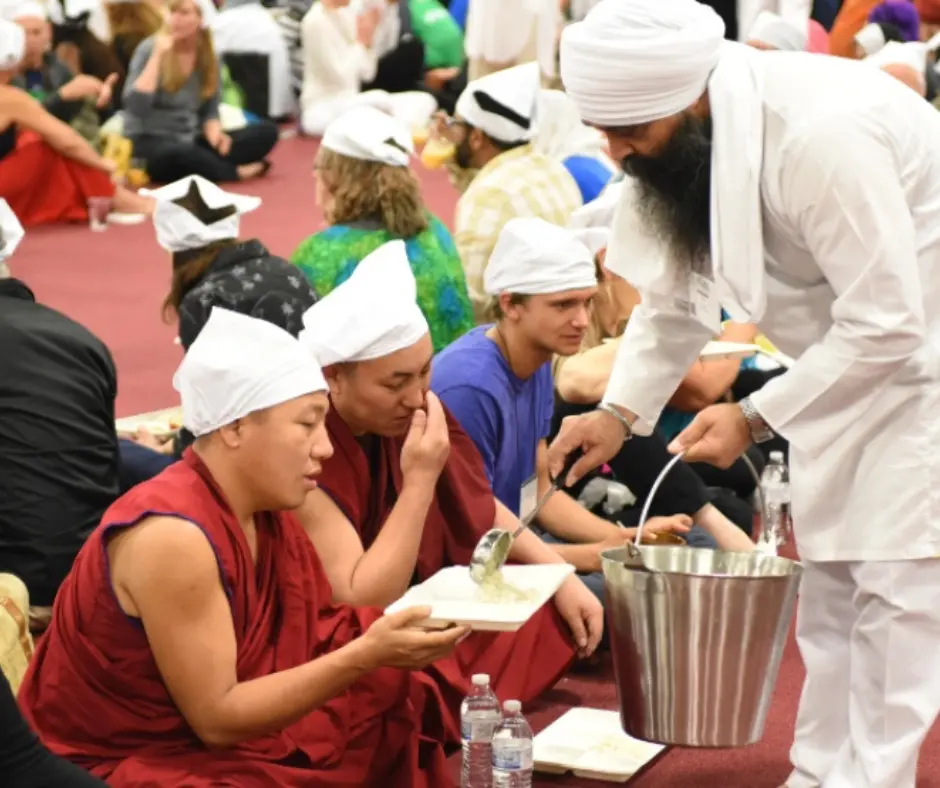
- Spiritual Hub of Sikhism
The Golden Temple is considered the holiest Gurdwara in Sikhism, attracting devotees from across the globe. It is revered for its spiritual tranquility and the teachings of the Sikh Gurus. - Langar: The Community Kitchen
One of the most heartwarming aspects of the Golden Temple is its langar, or free community kitchen, which serves meals to over 50,000 people daily. This embodies Sikhism’s core principles of selfless service and equality, as people from all walks of life sit together to share a meal. - Architectural Marvel
The temple’s architecture combines Mughal and Indian styles, featuring intricate marble inlays, gold-covered domes, and a serene water body that enhances its beauty. The sanctum, surrounded by the shimmering waters of the Amrit Sarovar, is a sight to behold at any time of day.
What to Know Before You Go
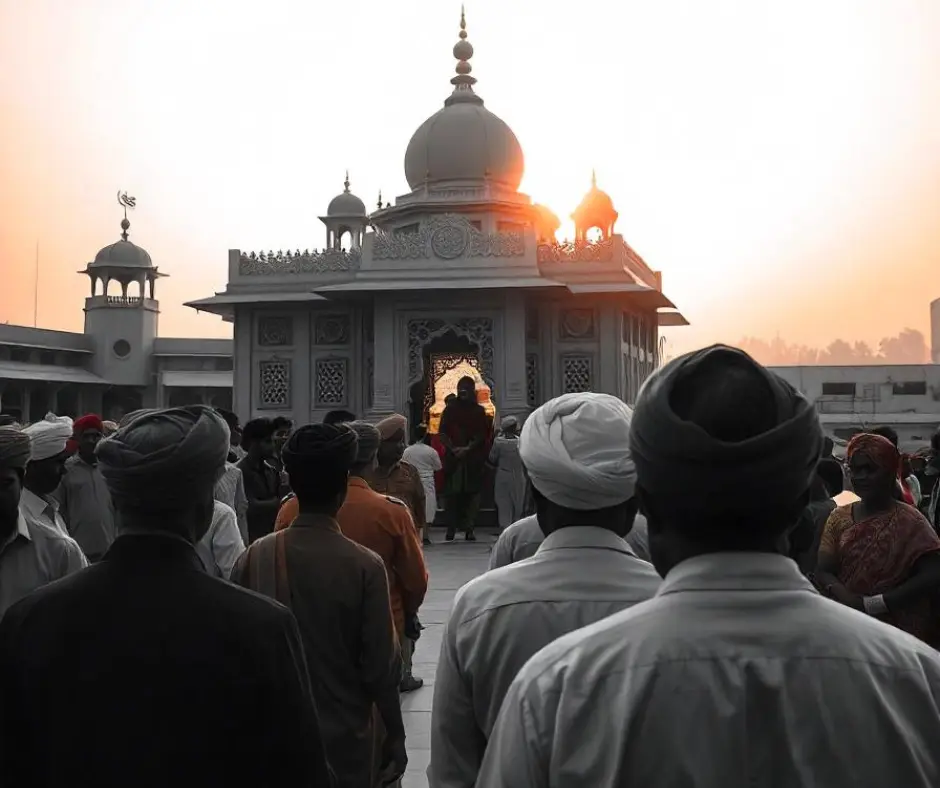
- Best Time to Visit
Early mornings or evenings are ideal for experiencing the temple’s peaceful atmosphere and witnessing the ceremonial singing of hymns. Winter months are especially pleasant for those planning their Amritsar tourism itinerary. - Dress Code and Etiquette
- Modest clothing is essential. Ensure your arms and legs are covered.
- Visitors must cover their heads with a scarf or handkerchief.
- Shoes must be removed before entering the premises.
- How to Reach
The Golden Temple is located centrally in Amritsar and is easily accessible from major hotels in Amritsar. Most hotels provide transportation or guided tours to the site. - Important Rituals
- Palki Sahib Ceremony: This nightly ritual involves placing the Guru Granth Sahib in its resting place and is a spiritual highlight for visitors.
- Taking a dip in the Amrit Sarovar is believed to cleanse the soul, though it is optional for visitors.
Nearby Attractions
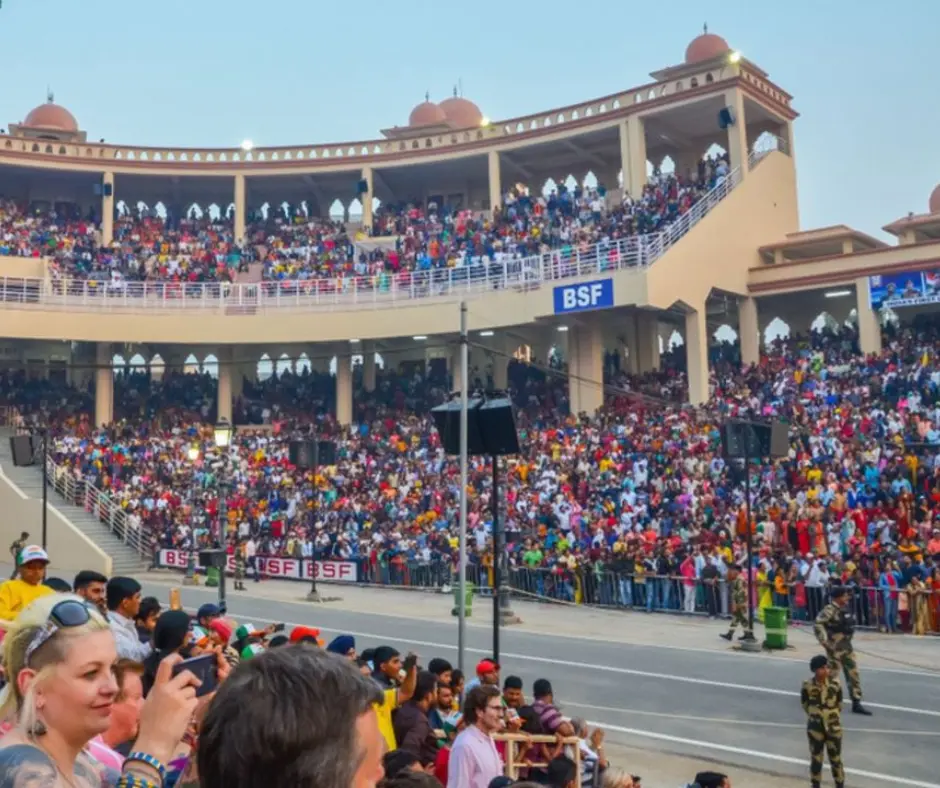
For a well-rounded experience of Amritsar tourism, explore these nearby attractions:
- Jallianwala Bagh: A historical site that commemorates the tragic massacre of 1919.
- Partition Museum: Offering insights into the stories of partition and migration.
- Wagah Border: Famous for its daily flag-lowering ceremony between India and Pakistan.
Many hotels in Amritsar are located close to these landmarks, making them convenient bases for exploration.
Conclusion
The Golden Temple stands as a timeless symbol of faith, unity, and devotion. Its rich Golden Temple history, coupled with its spiritual significance and breathtaking beauty, makes it a cornerstone of Amritsar tourism. Whether you are seeking solace, cultural enrichment, or a deeper connection with history, the Golden Temple offers an experience that transcends religion and borders. Make it a centerpiece of your Amritsar journey, and let its serenity inspire you.
